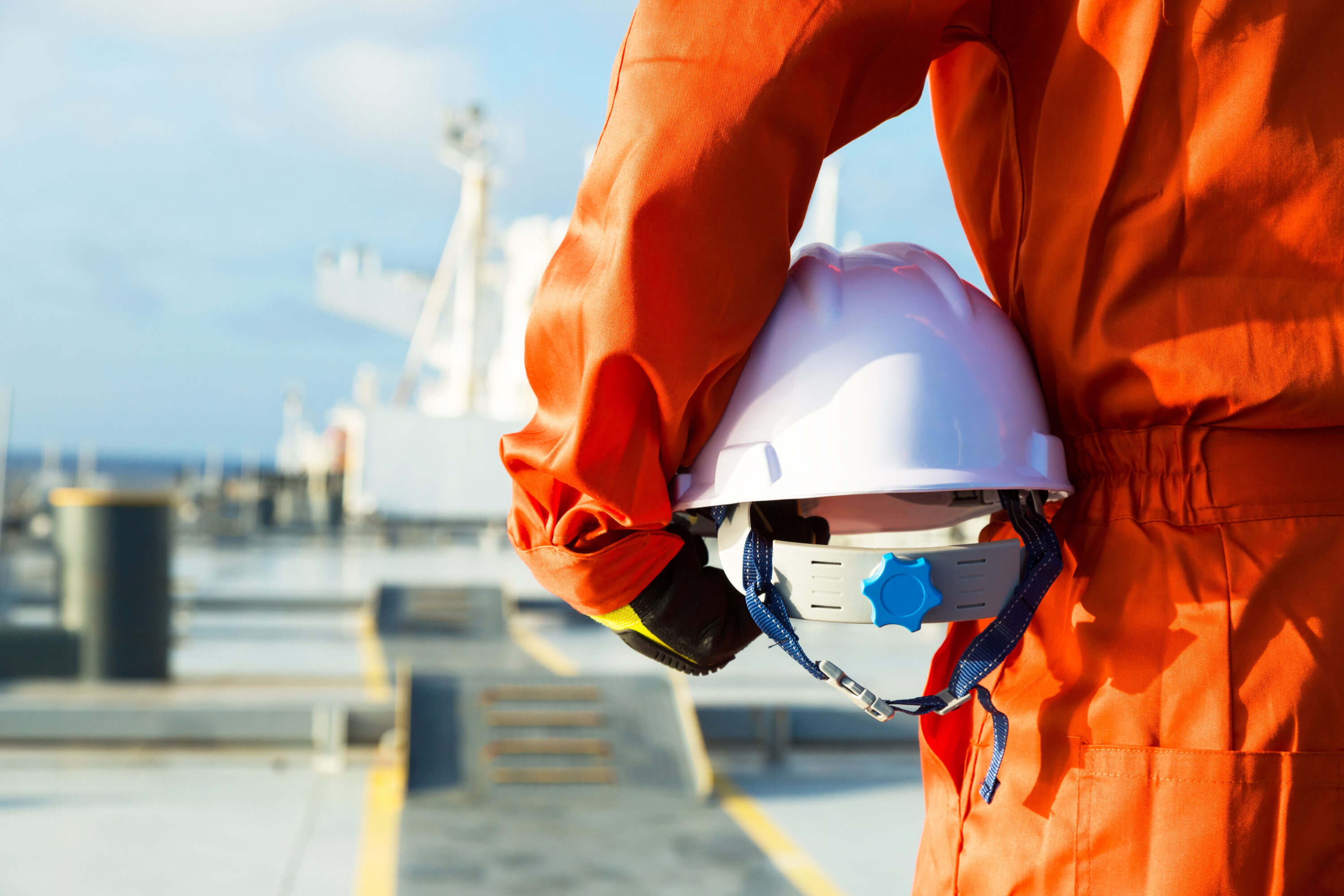Most common personal injuries onboard: Risks and best practice
Seafaring comes with risks; operations on board a vessel are complex and they can lead to accidents or even casualties if not performed carefully. When carrying out their activities, seafarers have to be vigilant and always wear the appropriate safety equipment. Yet, can you avoid an on-board accident and, if so, how?
Seafaring is a challenging job and no matter how many precautions are taken accidents are bound to happen as a result of one main and common reason – human error. A number of injuries are caused because of negligence by the seafarer themselves, as some fail to follow safety procedures implemented onboard, resulting to personal injuries.
Now, to answer the question of “how you can prevent an injury”, one must firstly be aware of the risks and the challenges onboard a vessel so that they take precautionary safety measures to prevent any potential accident.
Safety guidelines to consider when working onboard
In general, taking the proper steps to carry out a job onboard can mitigate potential injuries. Seafarers can reduce the risk or avoid such injuries by following the plan set for the specific operation and wear safety gear.
First and foremost, formal risk assessments are not a paperwork exercise to appease management but an effective tool to be used on the job to ensure that all risks are considered and that appropriate risk controls are in place before hazardous work is carried out.
It is essential that the scope of work is understood by everyone directly and indirectly involved. Crew members must be trained in recognizing and controlling the injury hazards associated with performing these steps.
A work permit is a major step to ensure that the operation will be done in a safe manner. A permit to work is a formal system to control work activities and is considered to be an integral part of safe work systems. However, remember that the permit will not make the work safer by itself, but is only one aspect of a safe operation.
In addition, any work can be done safely through the combined efforts of those involved in planning the job, authorizing it, supervising it and those who are performing the job. The personnel involved in performing the work activity are usually at the sharp end and most exposed to the hazards if something were to go wrong.
An important step prior to any operation is the use of Personal Protective Equipment (PPE). It is considered as a first line of defense to keep maritime workers safe while on duty.
Having medical fitness for service at sea is crucial given that crew members may be exposed to stressful situations demanding high levels of exertion.
Key types of injuries onboard
Let’s explore the most common injuries and key safety tips to minimize risk per occasion:
- Falls: In their annual review of marine casualties 2019, EMSA said slips, trips and falls are the most frequent causes of personal injury. Following the Code of Safe Working Practices (COSWP) is the minimum to prevent such injuries.
- Burn injuries: To avoid a burn injury, firstly raise awareness of the potential risks of burn injury to crew of all ranks. The requirement to apply meaningful risk assessments, permits to work and toolbox talks to operations which may expose crew to risk of burns should be incorporated into SMS. Furthermore, be aware of proper first aid actions when treating burn casualties and seek professional medical advice using established tele-medical procedures.
- Lifeboat drill: Always ensure boat is fully secured (gripes; harbour pins; lashings) before entering for maintenance and conduct toolbox talks covering dangers and operational procedures.
- During mooring operations: A risk assessment should be made of all mooring areas onboard, mostly searching for hazards that may cause injury. Mooring areas naturally contain many trip hazards, and highlighting these is a good starting point.
- Enclosed space accidents: When working in an enclosed space always check if a permit is required. Then, you have to ensure that the atmosphere has been tested and is safe so that you can enter. Also, confirm that all energy, machinery and fluids and gases have been isolated and locked-out, and make sure that you have in place an appropriate rescue plan with your co-workers before entry, including watchman.
- Man overboard: Except the permit, you have to maintain three points of contact when climbing or working from a ladder and always hold onto the handrail on stairs, while also discuss your work with your co-workers. Another precaution is to check condition of fall arrestors and maintain situational awareness of other work being conducted around you.
- Head injury: Caution is required as some head injuries may not seem serious. Potential symptoms may be a persistent headache, chronic vomiting or disorientation. The Glasgow Coma Scale (GCS) of Medical Guide onboard Ships could be helpful to assess the degree of impairment of consciousness.
In every case, a thing that remains a challenge onboard is the lack of a doctor; In case of an accident, the injured crew has to be medevaced, therefore it is important to know how to treat an injury until medevacs arrive on the scene.
Always keep in mind that communication fully contributes in the everyday life onboard the ship; Therefore, where the ship has a mixed national crew, emphasis must be given to effective communication taking into account both the culture and language factors. This is particularly important in an emergency situation.
As they say, prevention is better than cure. So always keep safe.
4 things to remember to prevent injury onboard
- Plan the work before its done
- Always have a rescue plan / Alternative work method
- Work permit to get authorization for the work
- Communication among crew members is the key

